
International Plastic Bag Free Day
Plastic bags are widely used in our daily life. Particularly, these days, increased contact-free consumption due to COVID-19 has increased the use of plastics and plastic bags for packing materials and food containers.
According to the “TheWorldCounts” website, it is estimated that 5 trillion plastic bags will be consumed this year. That is 160,000 a second! Put one after another, they would go around the world seven times every hour and cover an area twice the size of France.
Then, when did plastic bags become popular in our lives?
The History of Plastic Bags
In the 1950s, Europeans used paper bags to carry their takeouts. However, paper bags had some disadvantages: It was easily torn when heavy items were put in or when it was reused several times. Moreover, it had to be thrown away on rainy days or when it got wet. Numerous trees were cut down to make such fragile paper bags, and of course, there were concerns that it would adversely affect the environment.
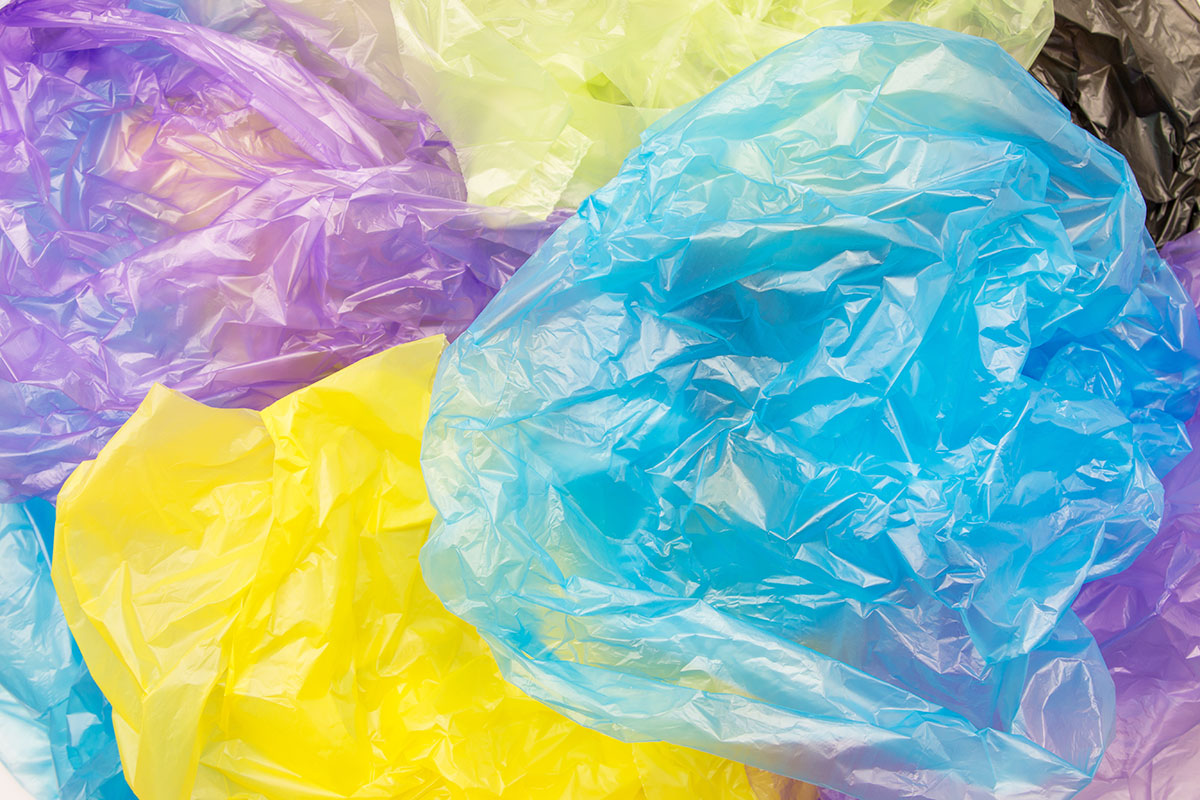
In order to solve this issue, in 1959 Sten Gustaf Thulin, a Swedish engineer (1914–2006), invented plastic bags that we now use. He invented durable plastic bags, which are lighter than the paper bags, so that it could be reused over and over.
To my dad, the idea that people would simply throw plastic bags away would be bizarre. It was very much an improvement on what was there before.
Raoul Thuln, son of Sten Gustaf Thulin, in an interview with the BBC
As Raoul, the son Sten Gustaf Thulin, said, Thulin believed that the use of durable plastic bags rather than disposable ones will reduce environmental pollution.
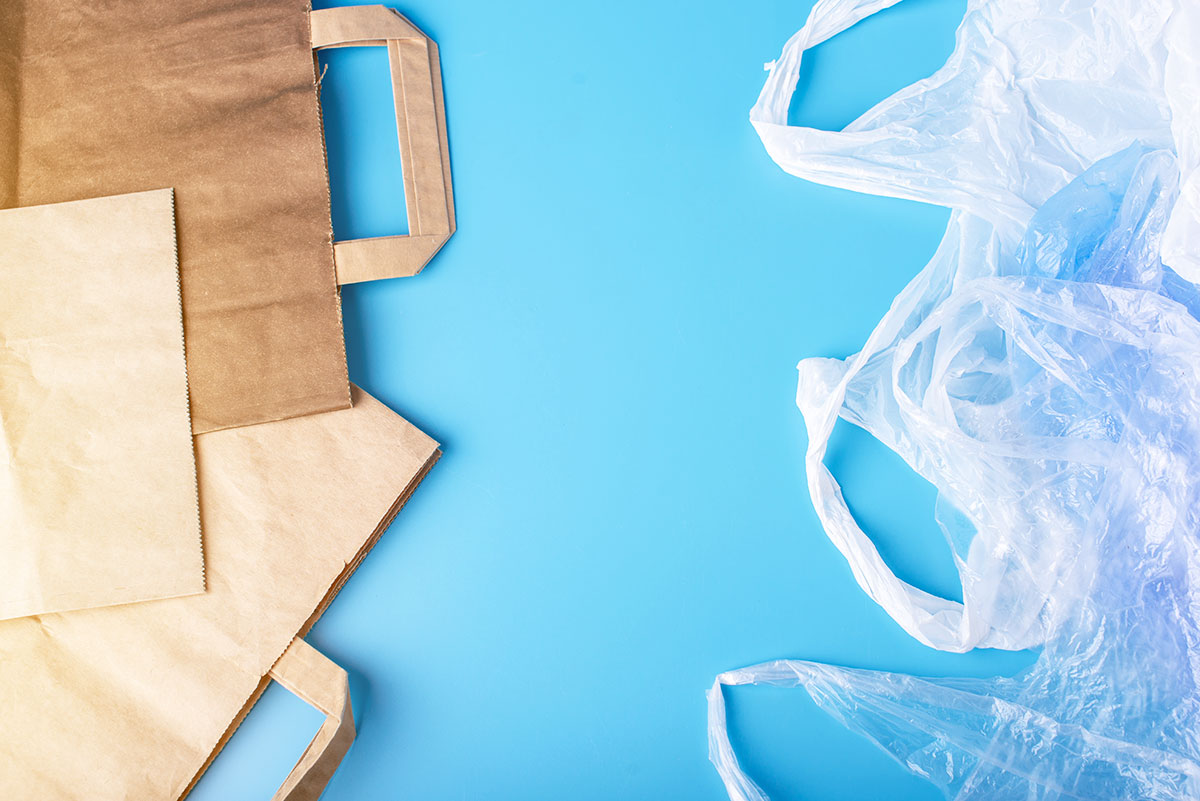
Above all, unlike paper bags and cotton bags that require a lot of water and natural sources such as industrial water and agricultural water, plastic bags have reduced these production processes and reduced their impact on the environment through efficient production processes.
Plastic bags were granted a patent in March 1960, and gradually replaced paper bags and cotton bags, becoming a necessity of modern life. By the end of 1985, 75 percent of U.S. grocery stores used plastic bags in addition to paper bags, and today, plastic bags have secured more than 80 percent of the grocery and convenience store market.
The Impact of Plastic Bags on the Environment
Plastic bags brought convenience to life. At first, it was created for environmental protection, but since the 1990s, non-perishable plastics emerged as an environmental problem, and so plastic bags have become a symbol of the plastic problem (environmental pollution).
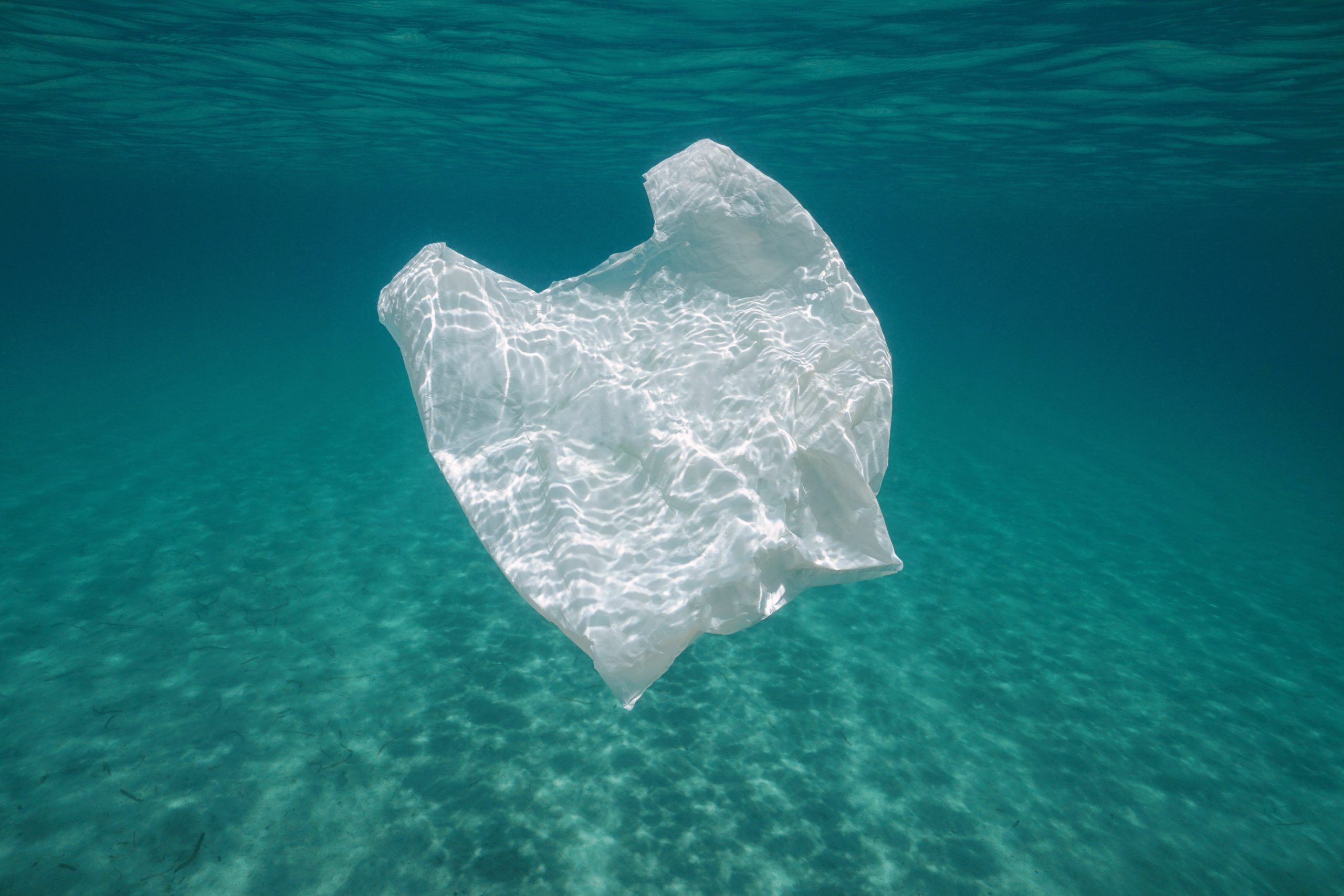
The energy consumed by driving a car 1 kilometer is the equivalent of manufacturing 8.7 plastic bags (Nolan-ITU 2002).
A plastic bag is used for an average of 12 minutes. After its 12- minutes of use, it’s generally discarded. In fact, less than 3% of plastic bags are recycled worldwide. Once discarded, plastic bags will remain in the environment for 1,000 years before they decompose!
According to Daily Mail in England, it takes ten to twenty years for plastic bags to decompose, but a few studies suggest these can sometimes last for around 1,000 years. For example, in England, crisp packets were found fully intact up to 33 years after consumption.
Plastic bags cause a lot of environmental problems not only in its production process but also in the disposal process. When plastic wastes are buried in the ground, it takes 500 years to breakdown. This causes difficulty supplying oxygen to the soil, which leads to soil pollution. When it is incinerated, a toxic environmental hormone called dioxin is released, releasing carbon monoxide into the air that destroys the ozone layer, and global warming occurs due to the increase of atmospheric temperature.

In 1997, Charles Moore, a yachtsman and a researcher, discovered the Great Pacific Garbage Patch [GPGP], where huge amounts of plastic waste accumulate and threaten the marine life. It is called a garbage patch because as the garbage from all over the world is captured in the currents, wind-driven surface currents gradually move debris toward the center and it became like an island.
Experts say that this not only results in a loss of 80 to 120 billion USD per year, but if the current trend continues, there could be more plastic than fish (by weight) in the ocean by 2050.
For turtles, discarded plastic bags that are floating on the ocean look like jellyfish or squid. Mistaking these wastes as food, sea animals swallow them and always feel full with indigestible plastics in their stomachs. Eventually, they die of malnutrition.

A sea turtle with a plastic bag in its mouth, a dolphin swimming with a plastic bag around its neck, a fish trapped in a plastic bag, a dead whale’s belly full of plastics bags . . . Plastics thrown into the sea are killing sea animals and endangering marine ecosystems.
Plastic does not break down chemically, but it does in a physi-cal sense under the influences of sunlight, oxygen, and wave action. To start with, when the kinds of plastic objects that everyone is familiar with are thrown into the ocean, then you get the larger, easily visible pieces, which are broken down in turn into even smaller fragments. And those become microplastics, sometimes invisible to the naked eye. The process can then continue further, with the microplastics becoming nanoplastics.
In 2014, an estimated 15 to 51 trillion microplastic particles were floating in the world’s oceans, weighing between 93,000 and 236,000 tonnes.

Microplastics accumulate in marine organisms such as fish and shell and are served at our table. According to World Wildlife Fund [WWF] in 2019, it is said that on average, people are consuming about 5 grams of plastic every week—that’s the equivalent of a credit card.
The plastic typically contains chemical additives such as endocrine disruptors, which are associated with negative health effects including cancers, birth defects, and immune system suppression in humans and wildlife.
Because research into microplastics is so new, there is not yet enough data to say exactly how they are affecting human health. However, Pete Myers, founder and chief scientist of the nonprofit Environmental Health Sciences and an adjunct professor of chemistry at Carnegie Mellon University says, “It’s likely that ingesting microplastics could further expose us to chemicals found in some plastics that are known to be harmful.”
A plastic bag to carry our takeout, a plastic bag to pack our food, a wrapper on a candy bar: taken individually, each seems harmless. These modern conveniences are so ubiquitous—and so quickly thrown out—that they hardly register in our minds. But single-use plastics come with a steep environmental price—one that we’ll be paying off for millennia. Our plastic addiction is having a devastating impact on our oceans, our wildlife, and our health.
International Plastic Bag Free Day
If the world does not stop production altogether, in 30 years’ time the weight of plastic bags thrown into the seas and oceans will exceed that of all creatures living in them.
Zero Waste Europe

July 3 is the International Plastic Bag Free Day. The day was enacted in 2008 for the first time, being suggested by GAIA, a worldwide alliance for environment, to ban the single use of plastic bags, and joined by other environmental organizations from the U.S. and France,.
This campaign aims to eliminate the single-use plastic bags in the world. It is an important day to raise awareness of the negative impacts of plastic bags on the environment, and change the mindset of people who feel easy with using the disposable to think about the sustainable environment.
Every year, non-governmental organizations from the U.S. and France hold an environmental campaign worldwide to stop using plastic bags at least for one day on this day. If you don’t use plastic bags for just one day, you can reduce 951,600 liters of crude oil and about 6,700 tonnes of carbon dioxide (Korea Zero Waste Movement Network [KZWMN], as of 2014). It can solve environmental protection issues, and save our resources and the cost of waste plastic disposal as well.

The campaign has influenced many countries. In some countries, reducing single-use plastic bags has been very effective. People were aware of the dangers of using single-use plastics and avoided using single-use plastic bags.
As of August 2018, over 160 countries, regions, and cities had enacted legislation to ban or put a fee on plastic bags with the aim to reduce the overall use of disposable plastic bags.
The government policies such as taxation on single-use plastic and plastic bag ban policy give space for this campaign to nicely spreading.
In 2009, the United Nations Environment Program [UNEP] called for a ban on the use of single-use plastic bags, and argued that plastic waste, including single-use plastic bags, should be classified as hazardous waste.
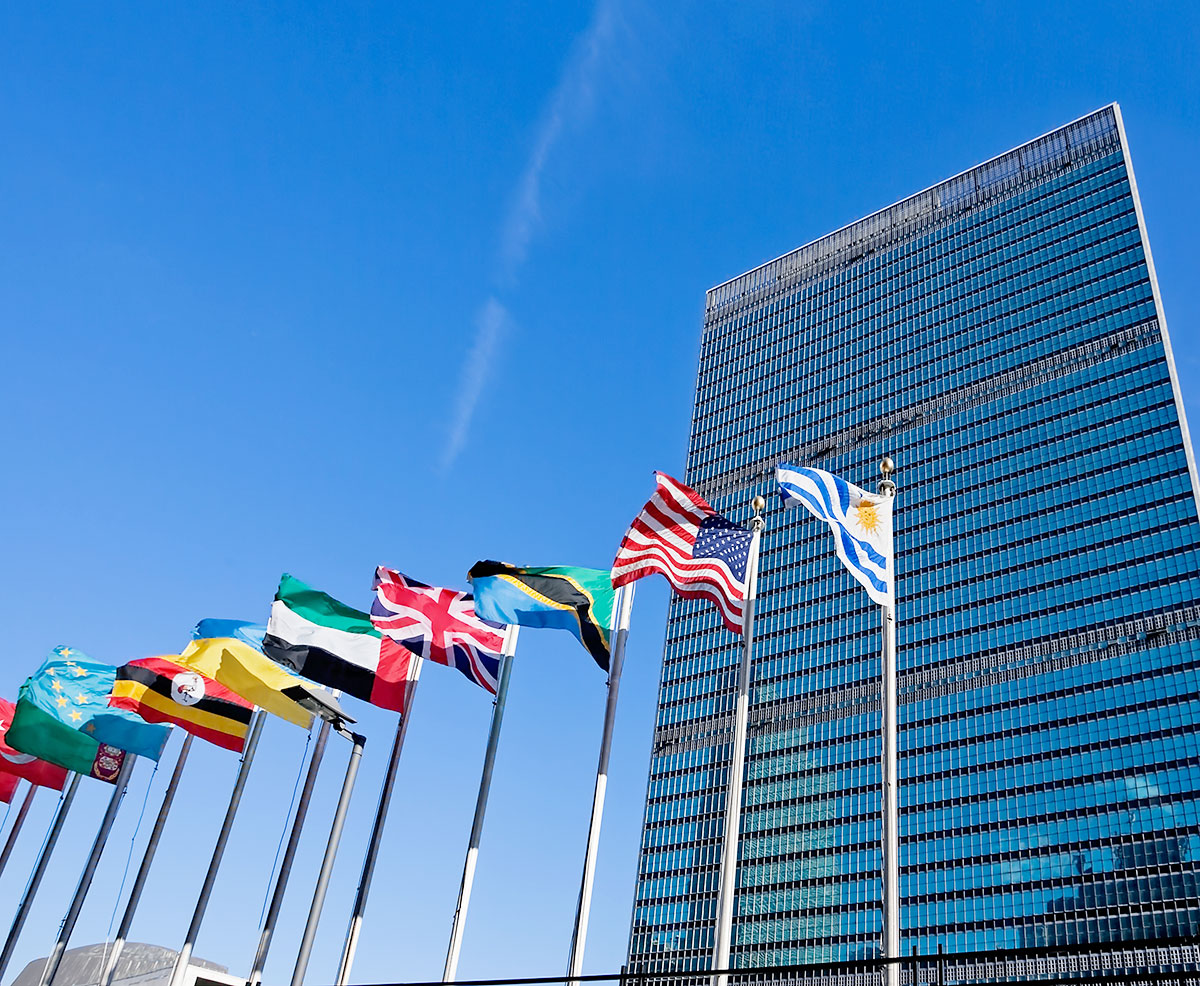
Governments across the world opted strict bans on plastic bags: Denmark was the first European country to begin charging a tax on plastic bags in 1993; and in 2002, Bangladesh was the first country in the world to implement a ban on plastic bags. In 2017, Kenya brought in world’s toughest plastic bag ban: four years jail or $40,000 fine.
In Korea, supermarkets and department stores have banned the use of single-use plastic bags since 2018. From April 2019, it was enacted to prohibit the use of single-use plastic bags in supermarkets.
A movement that must start from us
Reducing the use of disposable plastic bags—the main cause of environmental pollution in the world, hidden in the convenience of daily life—starts from our daily life. Small actions in everyday life play an important role in protecting the planet and protecting the environment.
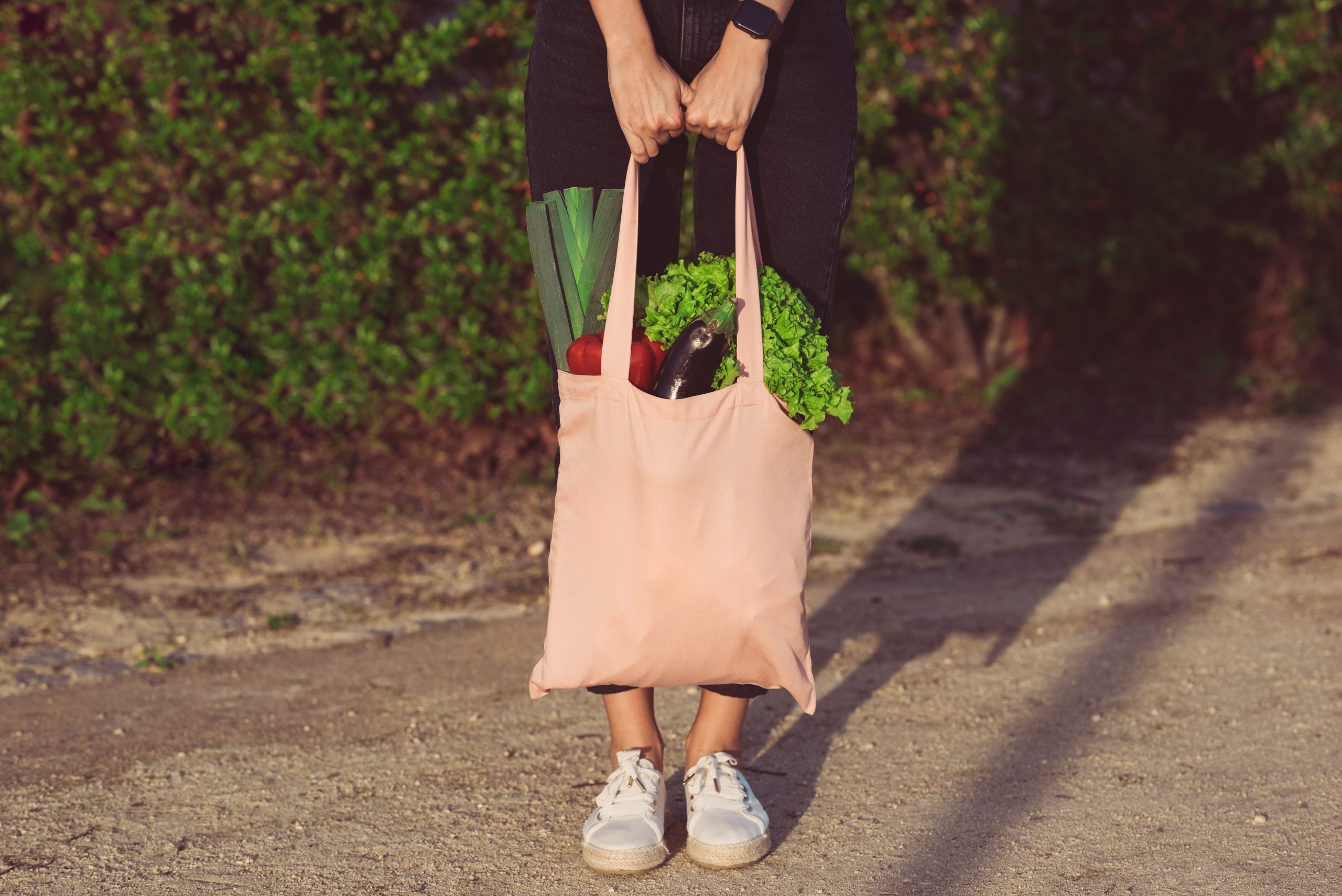
Bring Your Own Bag
This is the simplest step to do to reduce the single-use plastic bag. When you are going to shop not only for groceries, even for buying your clothes, shoes, cooking ware, it is important to carry your own bag.
Use the Plastic Bag You Have
Keep using plastic bags in your house is one of the ways to stop adding it. Fold them nicely, store it in a reachable place that you can easily see. And keep some in your bag, in case if you need them for immediate shopping to carry your goods.
Smart Alternatives
Nowadays, there are plastic bags alternative available from natural materials, such as the plastic made from cassava or corn. Some small businesses have already begun to follow the movements by using biodegradable plastic to replace the old plastic bag to wrap and deliver goods.
Do not Use Extra Plastic Bags
When you are buying fruits and vegetables at the supermarket, it is important to buy the ones that are not in plastic packaging, but it is also important not to put them in plastic bags to weigh them. Put a price sticker on the product and take it with you.
Be a Starter
If you are a seller, you can start replacing old plastic bags that you use by biodegradable plastic or change it to another type with environmentally friendly materials. If you are a shopper, be more responsible and discipline to always carry your bag. For some people, putting more concern and acting against the single-use plastic bag is not easy. It may take years to understand the damage we have created by the irresponsible use of plastic bags.

It may be uncomfortable, but we must change our consumption habits.
With a simple habit switch, we are also shrinking our carbon footprint, reducing our reliance on fossil fuel–based petrochemicals, cleaning up our streets, protecting animals, and saving money on waste management.
Now we need to be wiser and take more responsibilities for the global environment and for a better world.